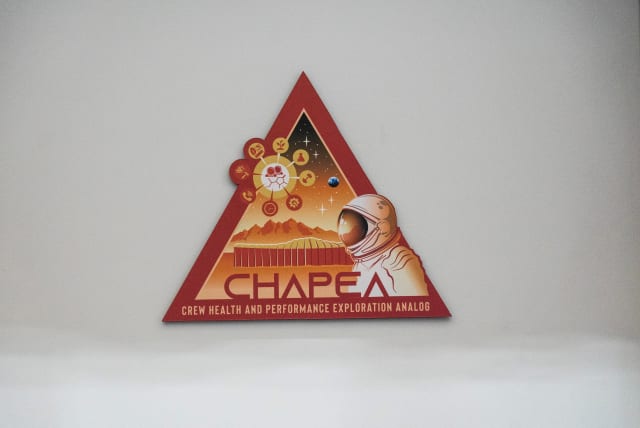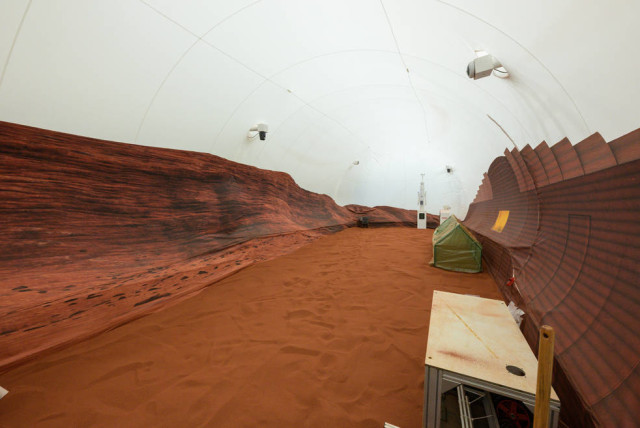NASA Mars simulation begins, crew will be inside for one year

Crew Health and Performance Exploration Analog (CHAPEA) mission is designed to test the ability of the researchers to operate in highly challenging conditions, such as they would face on Mars.
Four volunteers have been locked inside a NASA designed simulated Mars base since June 25, according to a CBS report.
The simulation will last 378 days and will test real-life human challenges that would be faced during a mission to Mars. The mission's official name is NASA's Crew Health and Performance Exploration Analog, or CHAPEA 1.
The simulation is being carried out in a 3D-printed, 1,700-square-foot (158-square-meter) habitat, where the crew will need to carry out a series of tasks including simulated spacewalks, robotic operations, growing of crops, habitat maintenance, personal hygiene and exercise, according to NASA.
The simulation's small size means that space is limited however inside there is a kitchen, private crew quarters and two bathrooms, along with medical, work and recreation areas."To be as Mars-realistic as feasible, the crew also will face environmental stressors such as resource limitations, isolation, and equipment failure." said NASA in press release.
This simulated mission is the first of three planned Mars surface simulations, each of which is expected to last one year. The information collected and studied during these missions, along with ongoing exploration happening on and around the moon, will help to send the first astronauts to Mars in the future.
Meet the crew of CHAPEA 1
Mission commander and research scientist Kelly Haston, structural engineer Ross Brockwell, emergency medicine physician Nathan Jones, and US Navy microbiologist Anca Selariu. They were selected from a pool of applicants and none have been trained as astronauts.
Haston was appointed mission commander by NASA, in a press briefing she commended her fellow crew saying that they were an "amazing group of dedicated individuals who feel very passionate about space exploration and science."
"The crew has worked so hard this month to get ready for this mission," Haston said. "It has been very special to be a part of such a tremendous group of scientists and specialists from a diverse set of backgrounds working together to bring CHAPEA 1, the first of three missions, to reality."
The crew will spend more than a year living and working in a simulated Mars environment built at the Johnson Space Center in Houston, Texas.
Jerusalem Post Store
`; document.getElementById("linkPremium").innerHTML = cont; var divWithLink = document.getElementById("premium-link"); if (divWithLink !== null && divWithLink !== 'undefined') { divWithLink.style.border = "solid 1px #cb0f3e"; divWithLink.style.textAlign = "center"; divWithLink.style.marginBottom = "15px"; divWithLink.style.marginTop = "15px"; divWithLink.style.width = "100%"; divWithLink.style.backgroundColor = "#122952"; divWithLink.style.color = "#ffffff"; divWithLink.style.lineHeight = "1.5"; } } (function (v, i) { });

